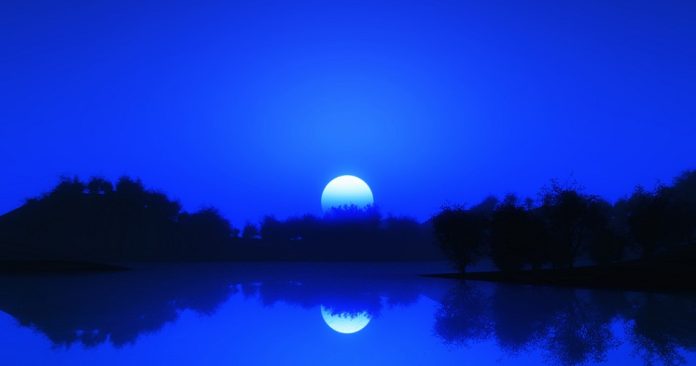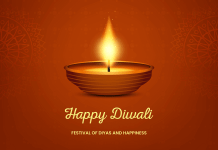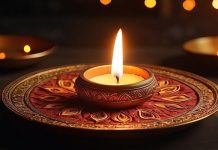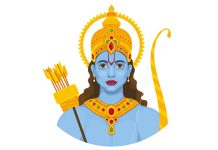
Sharad Purnima, also known as Kojagari Purnima, is a beautiful and auspicious festival celebrated in India. It falls on the full moon night in the lunar month of Ashwin (September or October). This festival is associated with various cultural and religious traditions and is celebrated with great enthusiasm across the country. In this article, we’ll explore the significance, rituals, and cultural aspects of Sharad Purnima.
The Significance of Sharad Purnima:
1. Celebrating the Full Moon: Sharad Purnima is a celebration of the full moon, a time when the moon is believed to be at its brightest and most radiant. It symbolizes purity and completeness.
2. Krishna’s Raas Leela: One of the most popular stories associated with Sharad Purnima is Lord Krishna’s Raas Leela with the gopis (cowherd girls) in Vrindavan. It is believed that on this night, Krishna performed the divine dance with the gopis, which is a symbol of love, devotion, and divine union.
3. Goddess Lakshmi’s Blessings: Sharad Purnima is also associated with Goddess Lakshmi, the goddess of wealth and prosperity. It is believed that she roams the earth on this night, and those who stay awake and perform pujas to seek her blessings will be blessed with wealth and prosperity.
Rituals and Celebrations:
1. Observing the Moon: On Sharad Purnima, people stay awake throughout the night to observe the beauty of the full moon. It is believed that moonlight on this night has healing properties and can rejuvenate the body and mind.
2. Kheer and Prasad: One of the significant rituals of Sharad Purnima is the preparation of kheer, a sweet rice pudding. The kheer is left out in the moonlight and is believed to absorb the moon’s energy, making it even more delicious and auspicious.
3. Singing and Dancing: Many communities organize cultural programs with traditional music and dance to celebrate the festival. These events often include Raas Leela performances depicting Lord Krishna’s dance with the gopis.
4. Fasting and Puja: Some people observe a fast on Sharad Purnima and perform special pujas to seek the blessings of Goddess Lakshmi. Devotees offer flowers, incense, and sweets to the goddess.
Cultural Variations:
Sharad Purnima is celebrated with slight variations in different parts of India:
1. West Bengal: In West Bengal, it is celebrated as Kojagari Purnima. Special pujas are performed, and people observe fasts. The kheer prepared on this day is offered to the moon, and family members consume it as prasad.
2. Gujarat: In Gujarat, it is celebrated as Sharad Poonam. People play a special game called “garbo” involving earthen pots and dance in circles to celebrate the full moon.
3. Vrindavan and Mathura: These cities, closely associated with Lord Krishna’s life, celebrate Sharad Purnima with grand Raas Leela performances and other festivities.
Conclusion:
Sharad Purnima is a festival that encapsulates the beauty of the full moon, the richness of cultural traditions, and the essence of spirituality. It is a time for devotion, reflection, and celebration, and it holds a special place in the hearts of those who partake in its rituals and festivities. Whether you are observing the moon, enjoying a bowl of kheer, or participating in cultural events, Sharad Purnima is a reminder of the luminous beauty that surrounds us and the spiritual significance that lies within.



























































